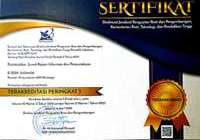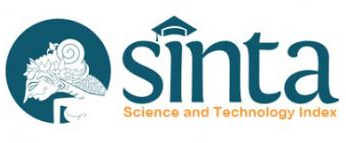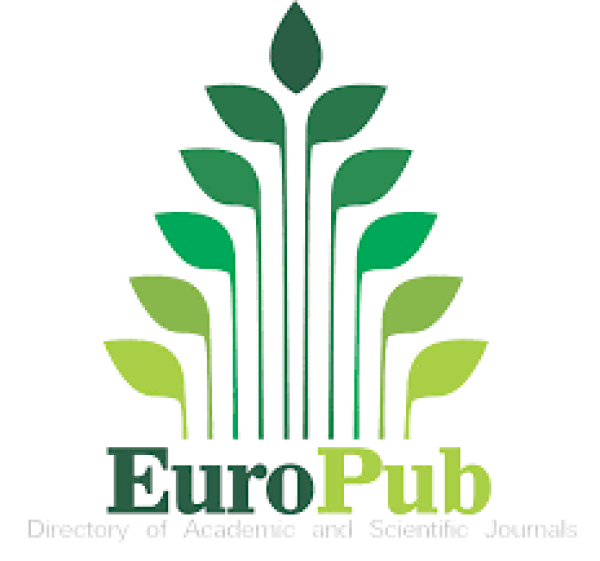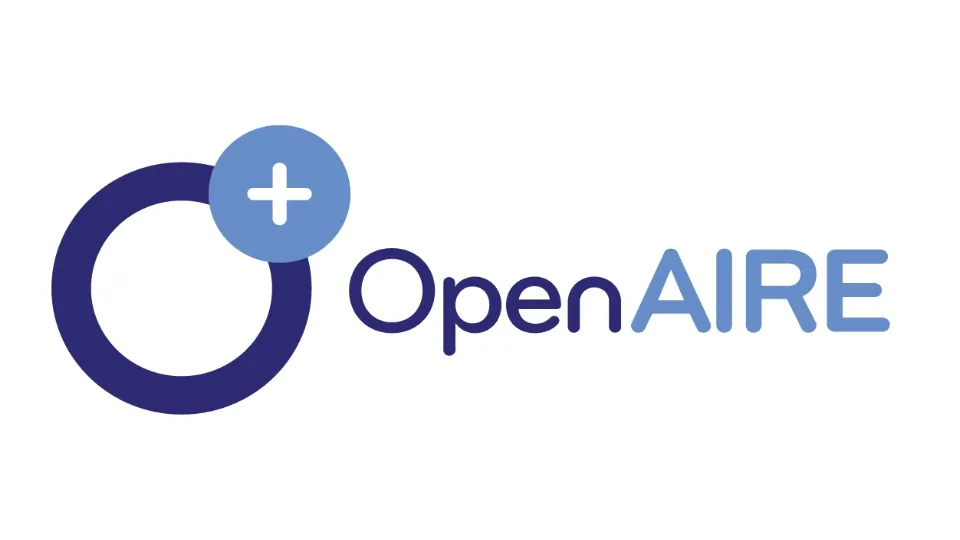Sejarah Klasifikasi Ilmu-Ilmu Keislaman dan Perkembangannya dalam Ilmu Perpustakaan
DOI:
https://doi.org/10.21154/pustakaloka.v9i1.977Abstract
The history of the development of Islamic civilization can be divided into three parts, namely: the classical period (650 -1250), the middle period (1250-1800) and the modern period (1800-present). In the classical period, Islamic scholarly discourse reached a high level that could contribute to the development of sciences in the following period. The sciences that developed in Islamic history were very complex and various, and religious sciences were only a branch of Islamic sciences as a whole. The progress of Islamic civilization is related to the progress of all aspects or fields of Islamic scholarship. The division of sciences came from various Muslim scientists, and not infrequently there emerged disharmony between the various fields of Islamic sciences. To overcome this disharmony various Muslim thinkers and scholars have produced the classification of sciences with their hierarchy. In Islam there is not really an essential separation between religious sciences and general sciences. In term of knowledge management, Indonesian libraries have arranged their resources and materials according to a specific arrangement. The guideline of Islamic classification first published by the National Library was the classification of library materials on Indonesia according to DDC using 2X0 notation. In the guideline of Islamic classification, Islamic sciences are divided into major groups which consist of Islam (general), Tafsir (Qur’anic exegesis) , Hadith (the Prophetic traditions), Aqa’id and Ilmukalam (theology), Fiqh (Islamic law), Akhlaq and Tasawuf (mysticism), Social and Cultural subjects, Philosophy and Islamic development, sects in Islam, and Islamic history.
Sejarah perkembangan peradaban Islam dibagi menjadi tiga bagian, yaitu: periode klasik (650 -1250 M), periode pertengahan (1250-1800 M) dan periode modern (1800-sekarang). Pada masa klasik diskursus keilmuan Islam mencapai tingkat sehingga kemudian dapat disumbangkan pada berkembangnya ilmu pengetahuan di masa-masa sesudahnya. Kompleksitas ilmu-ilmu yang berkembang dalam peradapan Islam; bahwa ilmu-ilmu agama hanya salah satu bagian dari berbagai cabang ilmu secara keseluruhan. Kemajuan peradaban Islam berkaitan dengan kemajuan seluruh aspek atau bidang-bidang keilmuan. Dengan adanya pembagian ilmu dari berbagai ilmuwan Muslim, tak jarang terjadi disharmoni antara berbagai bidang ilmu keislaman. Untuk mengatasi disharmoni ini berbagai pemikir dan cendikia Muslim memunculkan klasifikasi ilmu-ilmu lengkap dengan hierarkinya. Dalam Islam sebenarnya tidak dikenal pemisahan esensial antara ilmu agama dengan ilmu umum. Perpustakaan dalam mengelola berbagai jenis bahan pustaka disusun juga menurut tata urutan tertentu sebelum sampai ke tangan pengguna. Pedoman klasifikasi Islam pertama kali diterbitkan oleh perpustakaan Nasional adalah””Klasifikasi Bahan Pustaka tentang Indonesia Menurut DDC menggunakan notasi 2X0. Dalam penyusunan pedoman klasifikasi Islam, ilmu keislaman dibagi dalam kelompok besar meliputi: Islam (Umum), Tafsir, Hadis, Aqaid dan ilmu kalam, Fiqih, Akhlak dan Tasawuf, Sosial dan Budaya Islam, Filsafat dan perkembangan Islam, Aliran dan Sekte dalam Islam, serta sejarah Islam.
Downloads
Published
Issue
Section
License
Requirements to be met by the author as follows:
- Author storing copyright and grant the journal right of first publication manuscripts simultaneously with licensed under the Creative Commons Attribution License that allows others to share the work with a statement of the work's authorship and initial publication in this journal.
Authors can enter into the preparation of additional contractual separately for non-exclusive distribution of a rich version of the journal issue (eg: post it to an institutional repository or publish it in a book), with the recognition of initial publication in this journal.
Authors are allowed and encouraged to post their work online (eg, in institutional repositories or on their website) prior to and during the submission process, because it can lead to productive exchanges, as well as citations earlier and more severe than published works. (see The Effect of Open Access).















